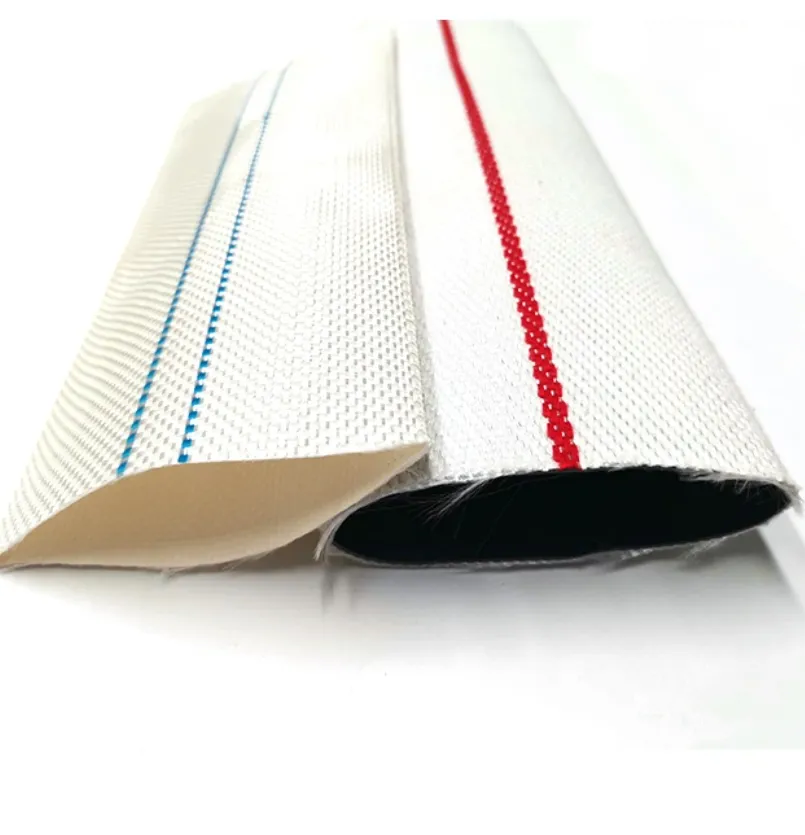types of hoses in fire
Types of Hoses in Firefighting
Firefighting is an essential service that requires specialized equipment to combat and extinguish fires effectively. One of the most critical components of firefighting gear is the fire hose. Fire hoses are designed for high-pressure applications and play a vital role in delivering water or other fire retardants to extinguish flames. Understanding the various types of hoses available can significantly enhance fire safety efforts and operational efficiency.
1. Rubber Fire Hoses
Rubber fire hoses are a popular choice due to their flexibility and durability. These hoses are often used in situations where a higher degree of maneuverability is required, such as in residential or urban firefighting. Rubber hoses can withstand extreme temperatures, making them suitable for direct firefighting efforts. They are typically lightweight and easy to handle, allowing firefighters to quickly deploy them in emergencies. However, rubber hoses can be more expensive than other types, but their durability often justifies the cost.
2. Synthetic Fire Hoses
Synthetic hoses are designed to offer a combination of strength, flexibility, and resistance to environmental factors. Made from materials like polyester, synthetic hoses are less prone to mildew and deterioration compared to rubber hoses. They are also lighter and easier to manage, making them ideal for both paid and volunteer fire departments. Although synthetic hoses may not have the same temperature resistance as rubber hoses, they are generally less expensive and more resistant to chemical exposure, making them suitable for various firefighting applications.
Dual-purpose hoses are designed to function as both a supply line and a attack line. This versatility is beneficial for responding to different fire scenarios without needing to switch equipment. These hoses can handle significant pressure and are often made from synthetic materials, combining the characteristics of rubber and synthetic hoses. Their multi-use functionality simplifies operations for firefighters, allowing for quicker response times and a streamlined approach to tackling blazes.
types of hoses in fire

4. Attack Hoses
Attack hoses are the primary hoses used in frontline firefighting operations. They deliver water directly to the fire and are typically made of durable materials that can withstand high pressure. These hoses come in various diameters, with the most common sizes being 1.5 inches and 2.5 inches. The diameter chosen often depends on the nature of the fire and the distance from the water supply. Attack hoses can be either rubber or synthetic, but they must be able to endure the throws of extreme heat and pressure.
5. Supply Hoses
Supply hoses are designed to transport large volumes of water from a hydrant or another water source to the firefighting team. These hoses are generally larger in diameter, often ranging from 3 inches to 6 inches. Supply hoses are built to withstand the high pressures necessary to move water efficiently over long distances. Their construction usually involves single or double-jacket designs made from tough materials to prevent wear and tear. The efficiency of supply hoses is critical for maintaining water flow, which is essential during prolonged firefighting operations.
6. Forestry Hoses
Forestry hoses are specifically designed for wildland firefighting. These lightweight hoses are often smaller in diameter, usually around 1 inch to 1.5 inches, making them easier to carry and deploy in rugged terrain. They are usually constructed from flexible materials that can be easily coiled and transported. Forestry hoses are ideal for use in remote locations where access to water is limited, enabling firefighters to reach flames in hard-to-access areas while ensuring they have the necessary tools to suppress small fires before they spread.
Conclusion
Understanding the different types of hoses used in firefighting is crucial for effective fire response operations. Each type of hose has its unique features and specifications that cater to various fire scenarios. By selecting the appropriate hose for a given situation, firefighters can enhance their performance, ensuring that they are equipped to face the challenges of different environments and fire conditions. As technology and materials advance, the development of fire hoses will continue to improve, making firefighting efforts more efficient and effective.
-
Top Quality Oxy Acetylene Hoses for Sale Fit for Welding DemandsNewsJul.28,2025
-
The Future of Pneumatic Air Tubes in IndustryNewsJul.28,2025
-
Superior and Reliable LPG Hose Pipe Solutions for Every NeedNewsJul.28,2025
-
Exceptionally Durable and Versatile Premium Braided PVC TubingNewsJul.28,2025
-
Best Adapters for Connecting Garden Hose to PVC Pipe ConnectionsNewsJul.28,2025
-
The Essential Role of LPG Hoses in Safe and Efficient Gas DistributionNewsJul.16,2025














